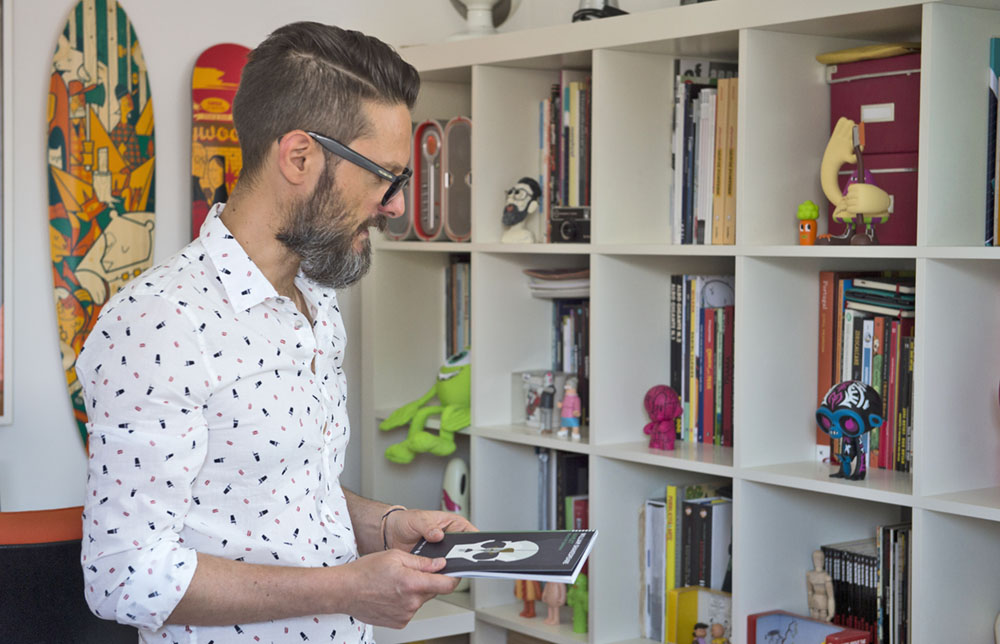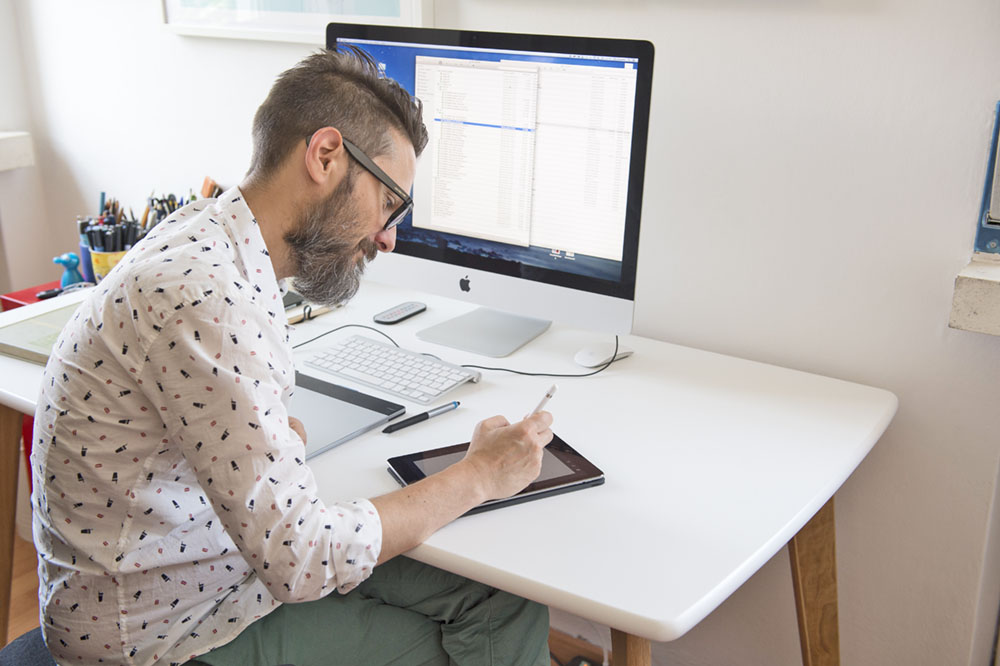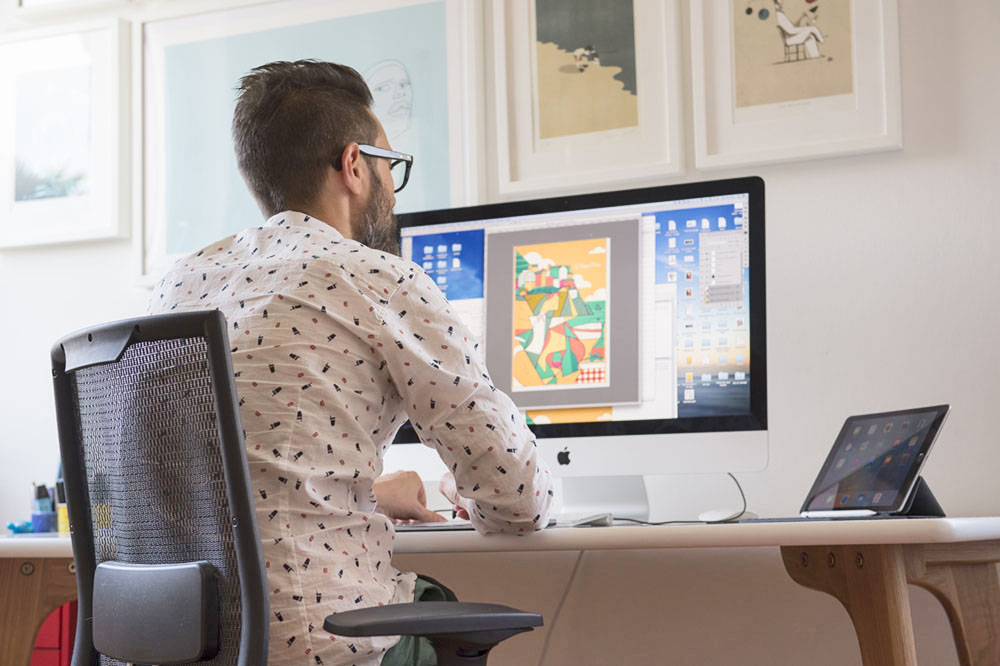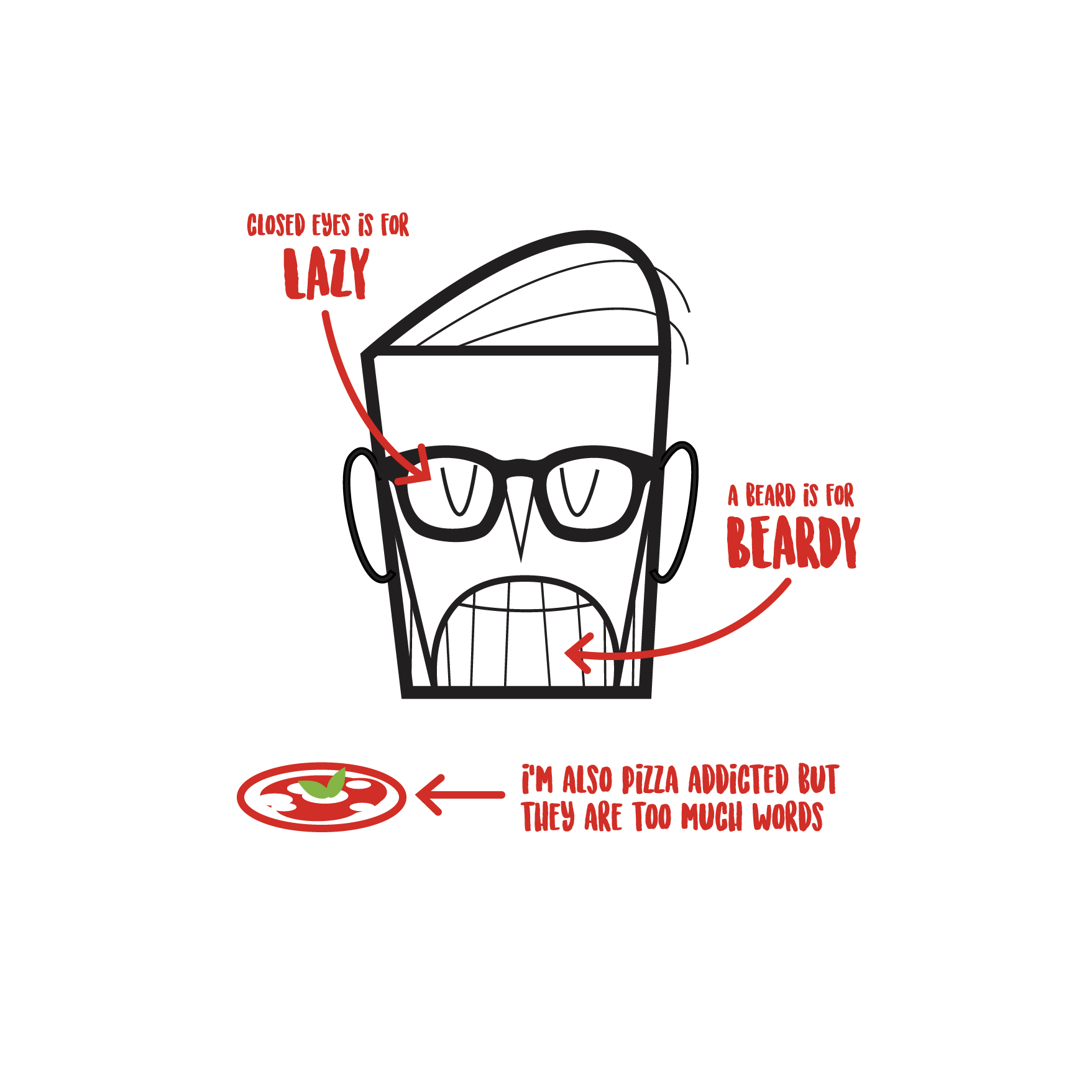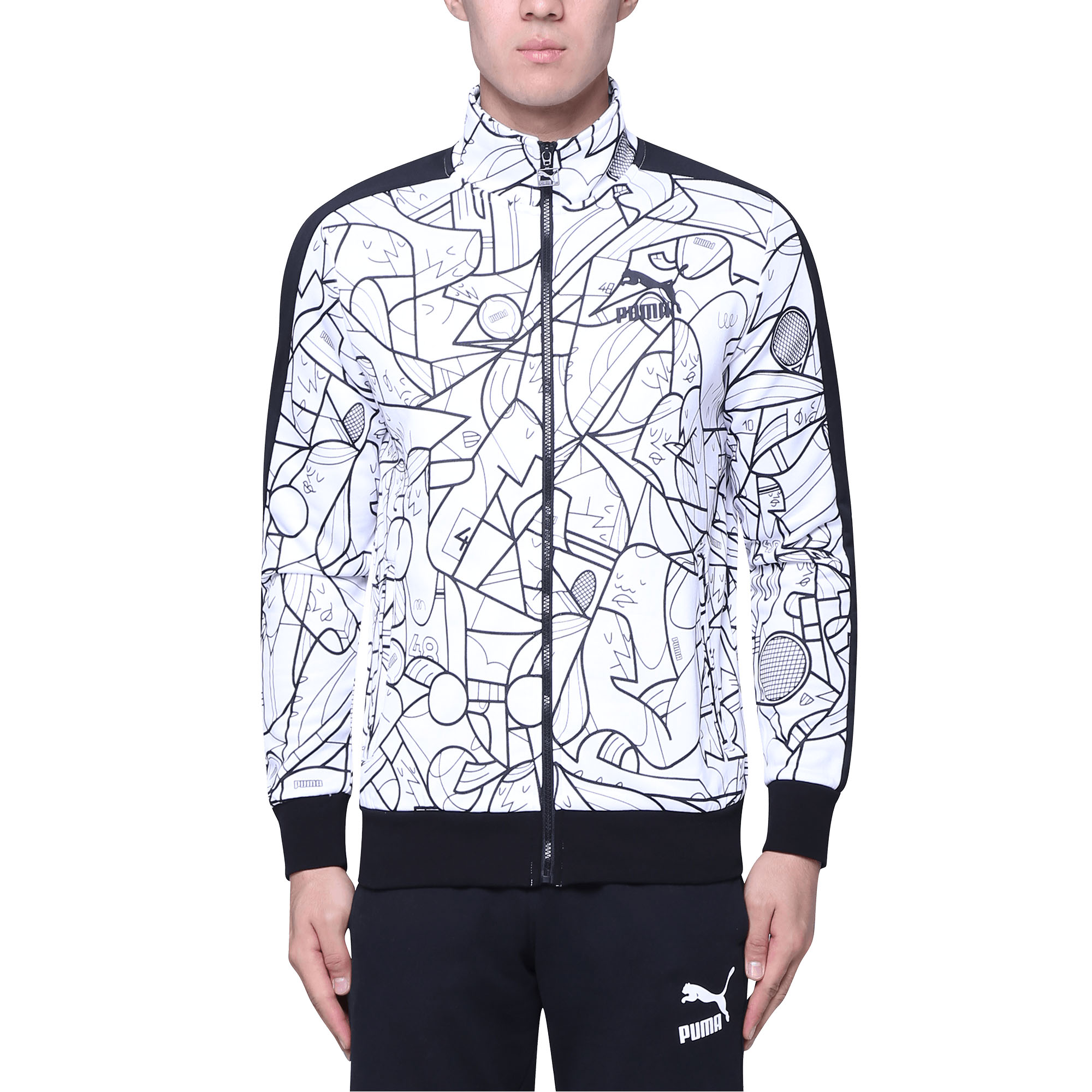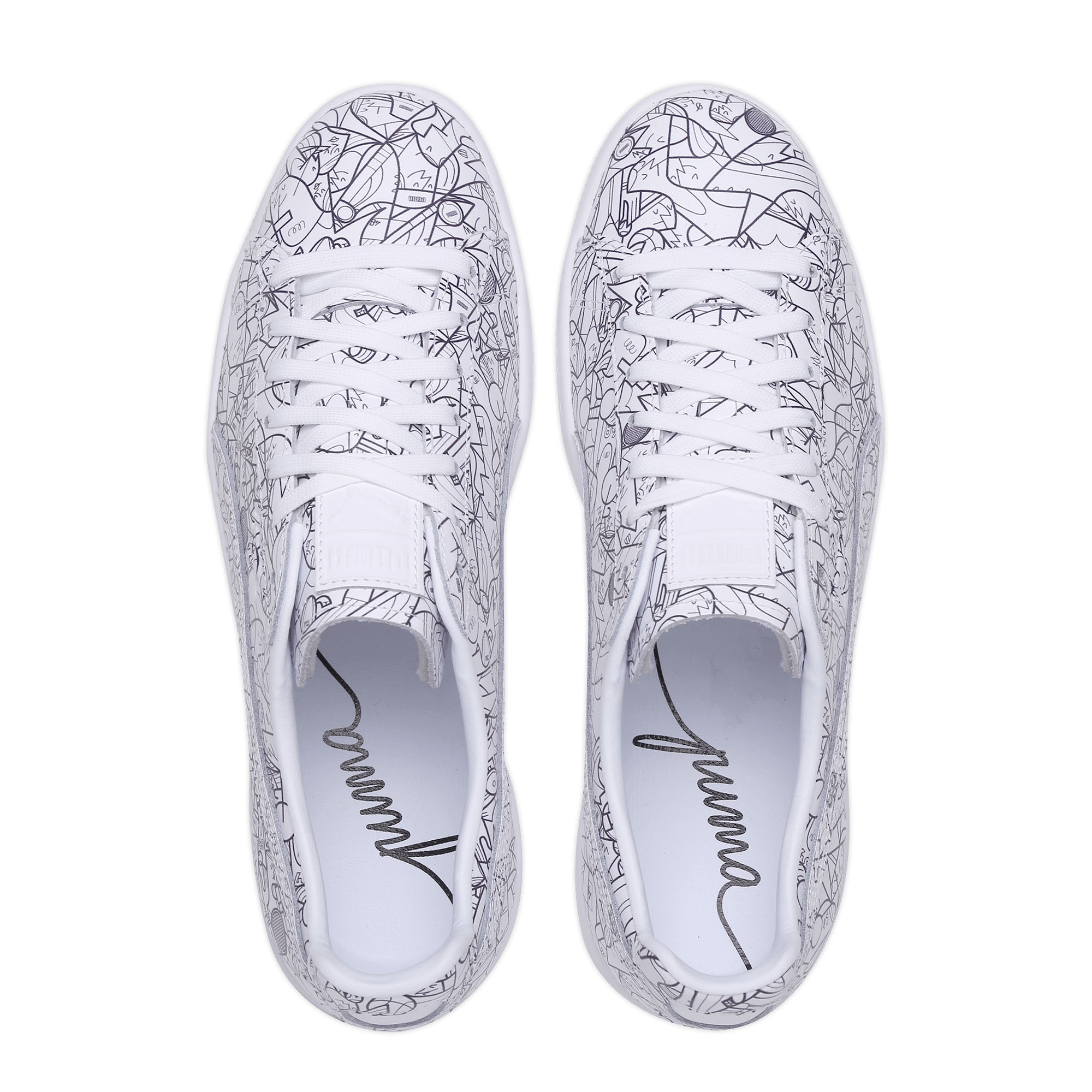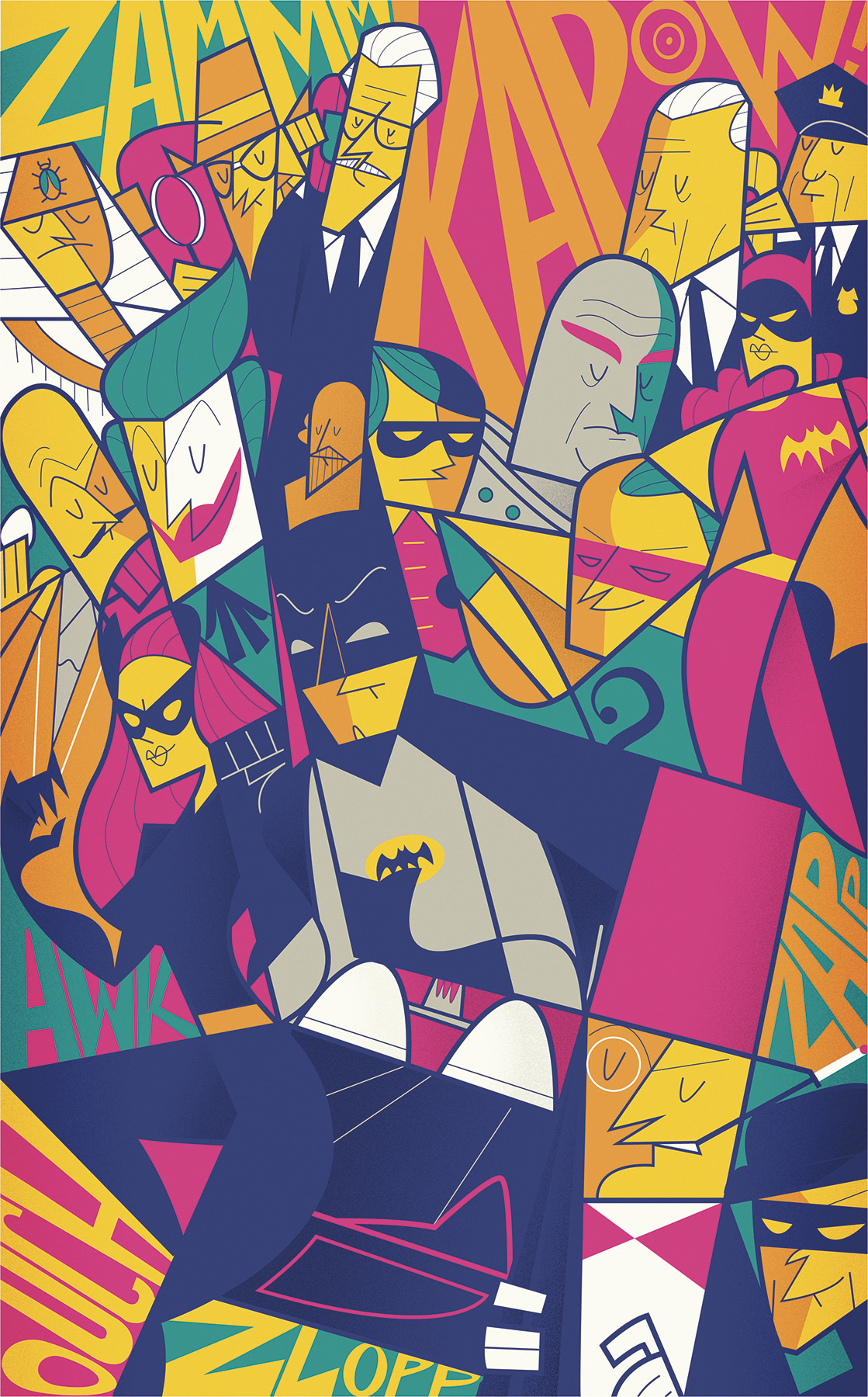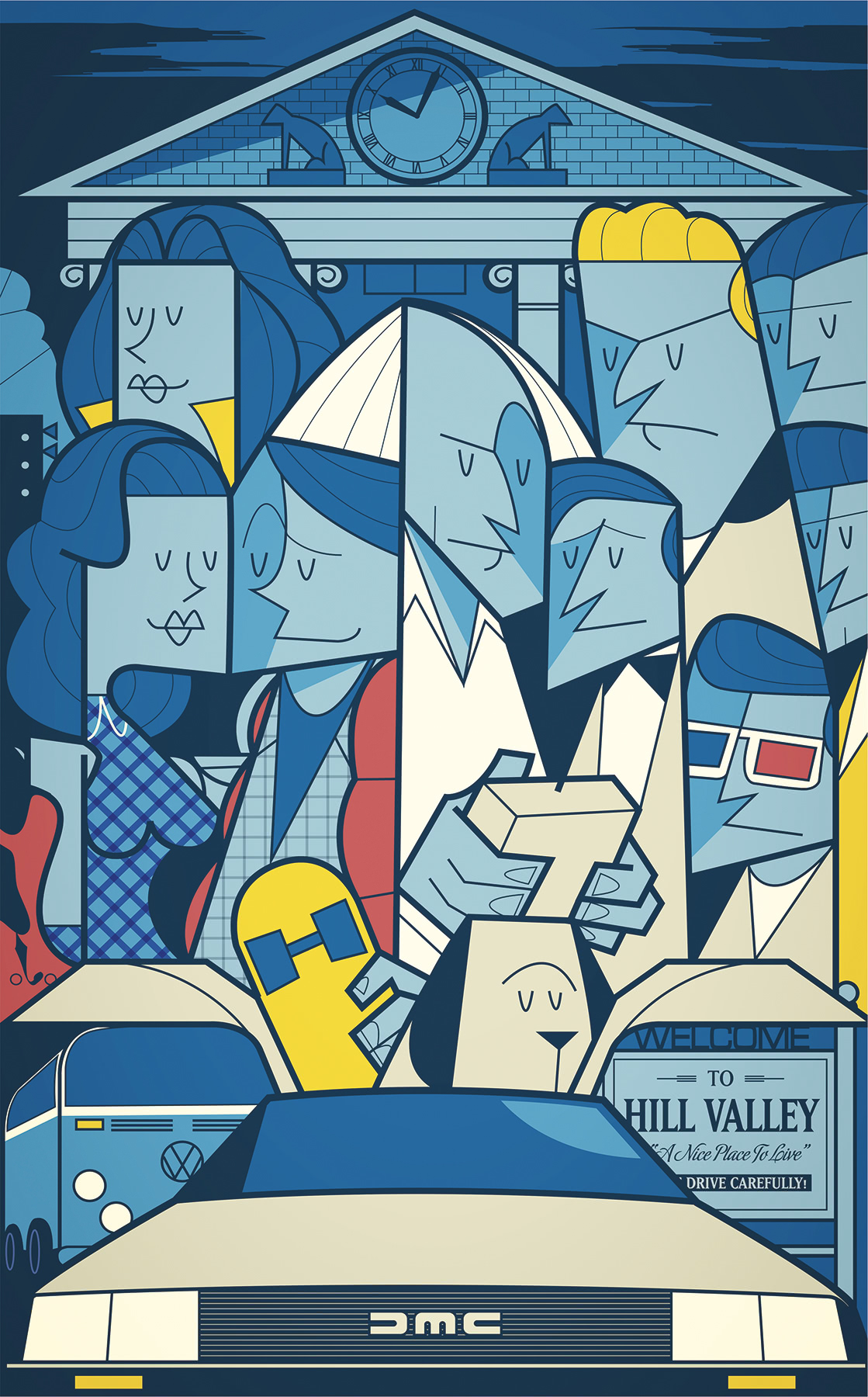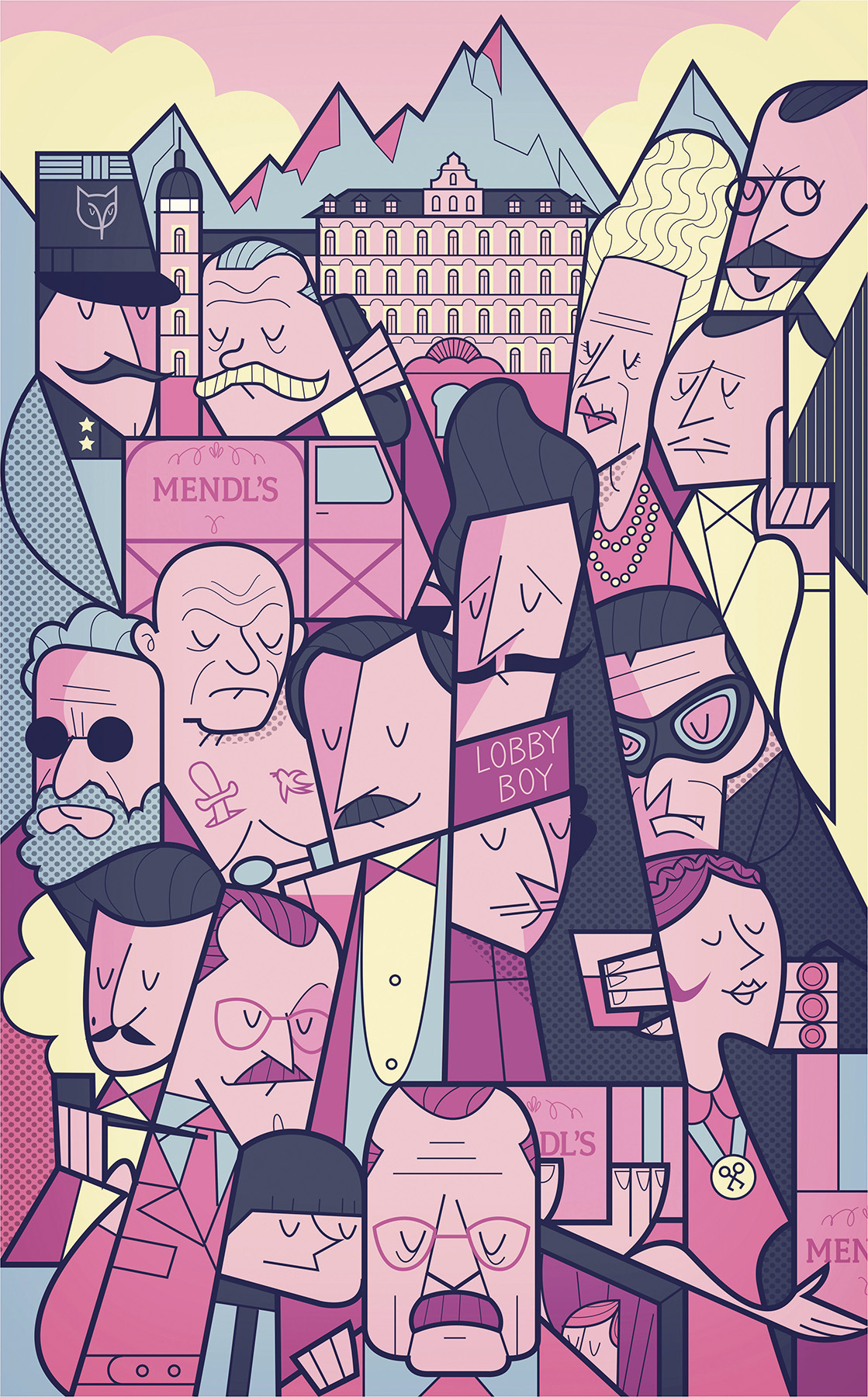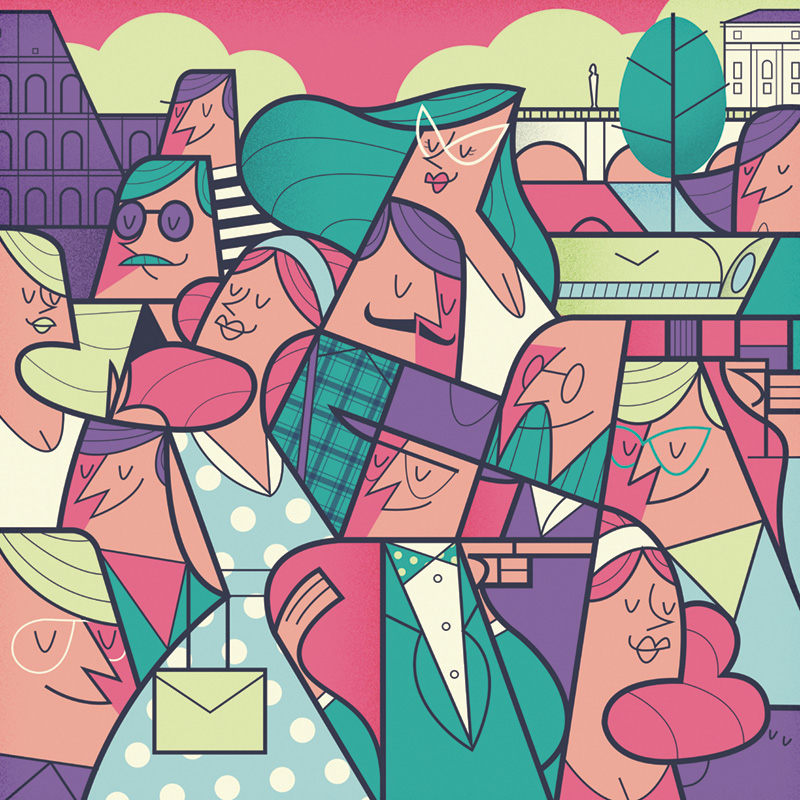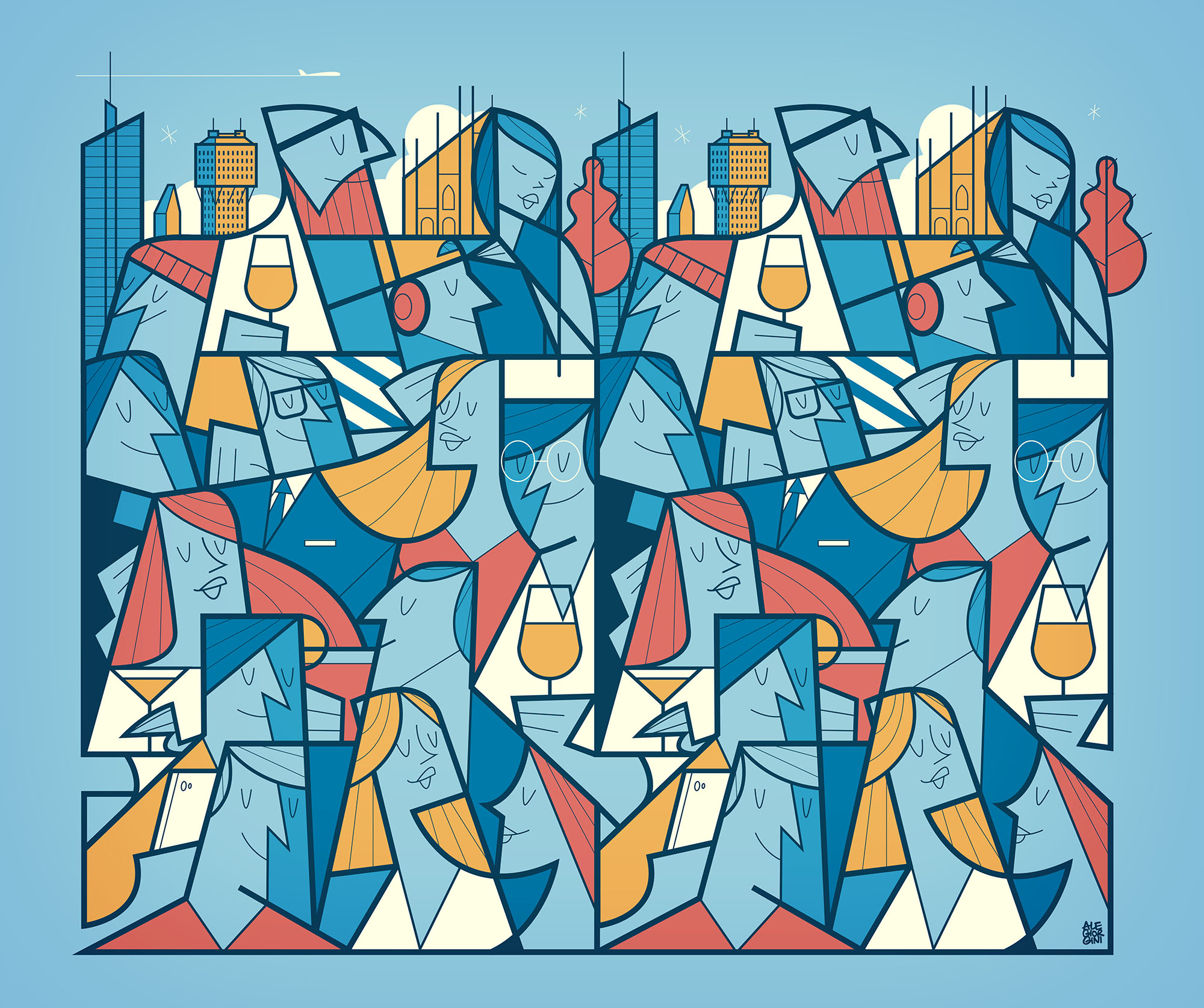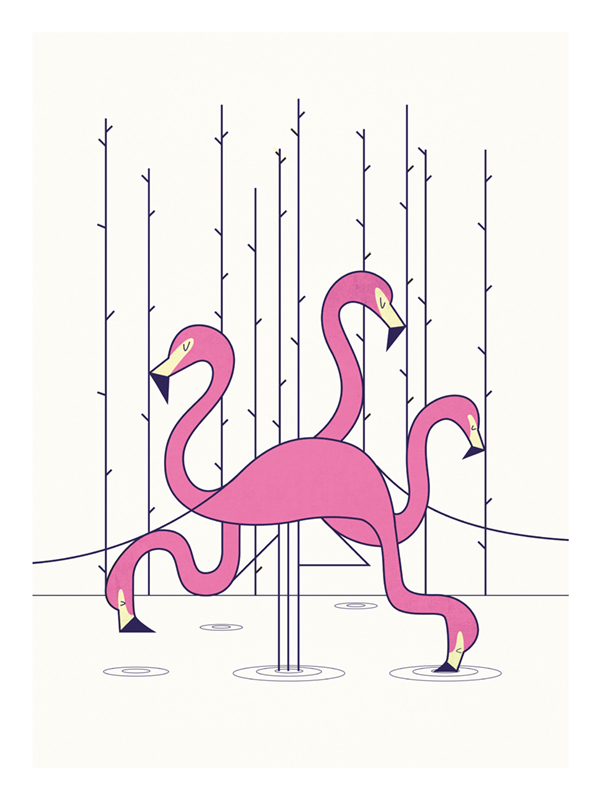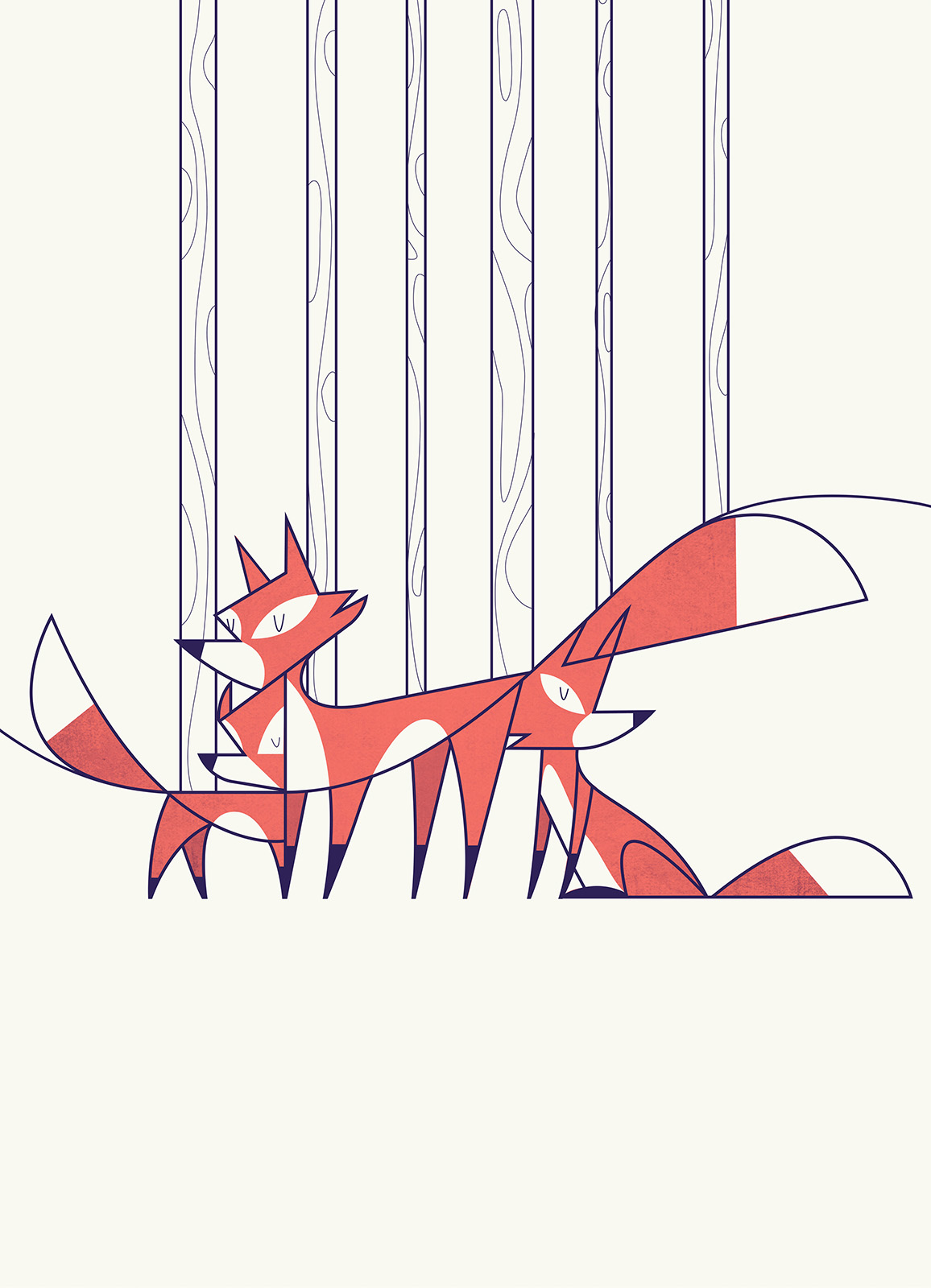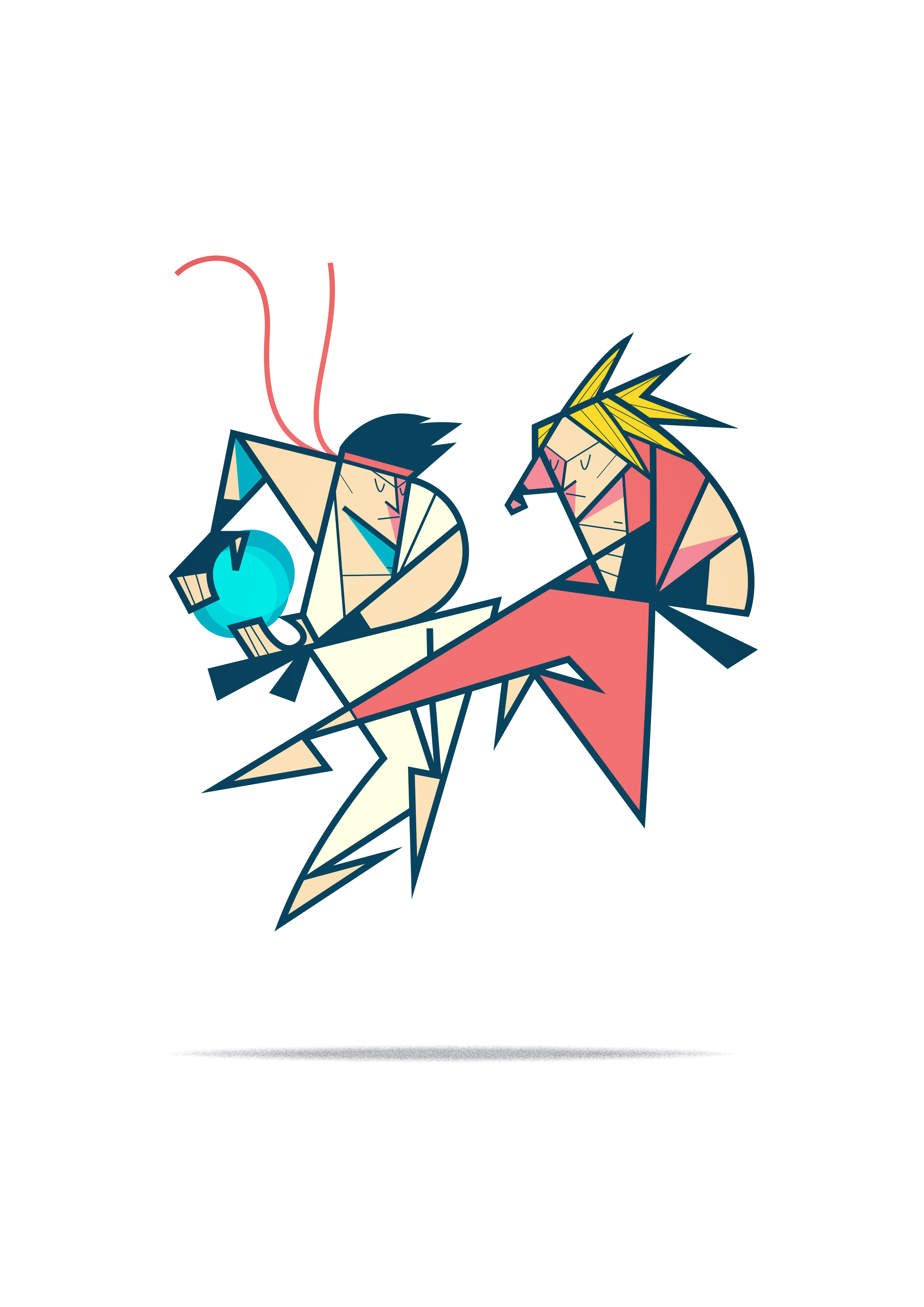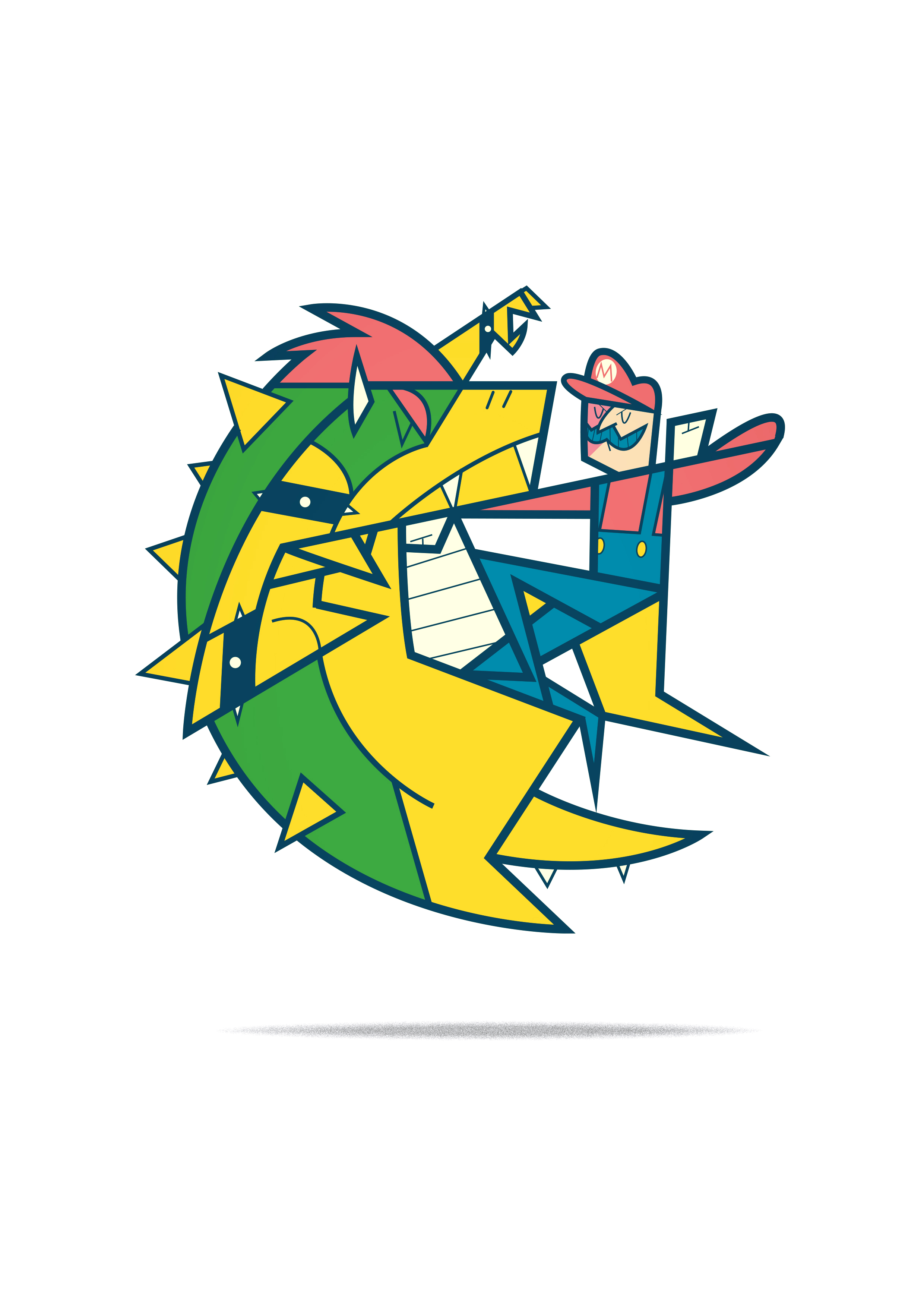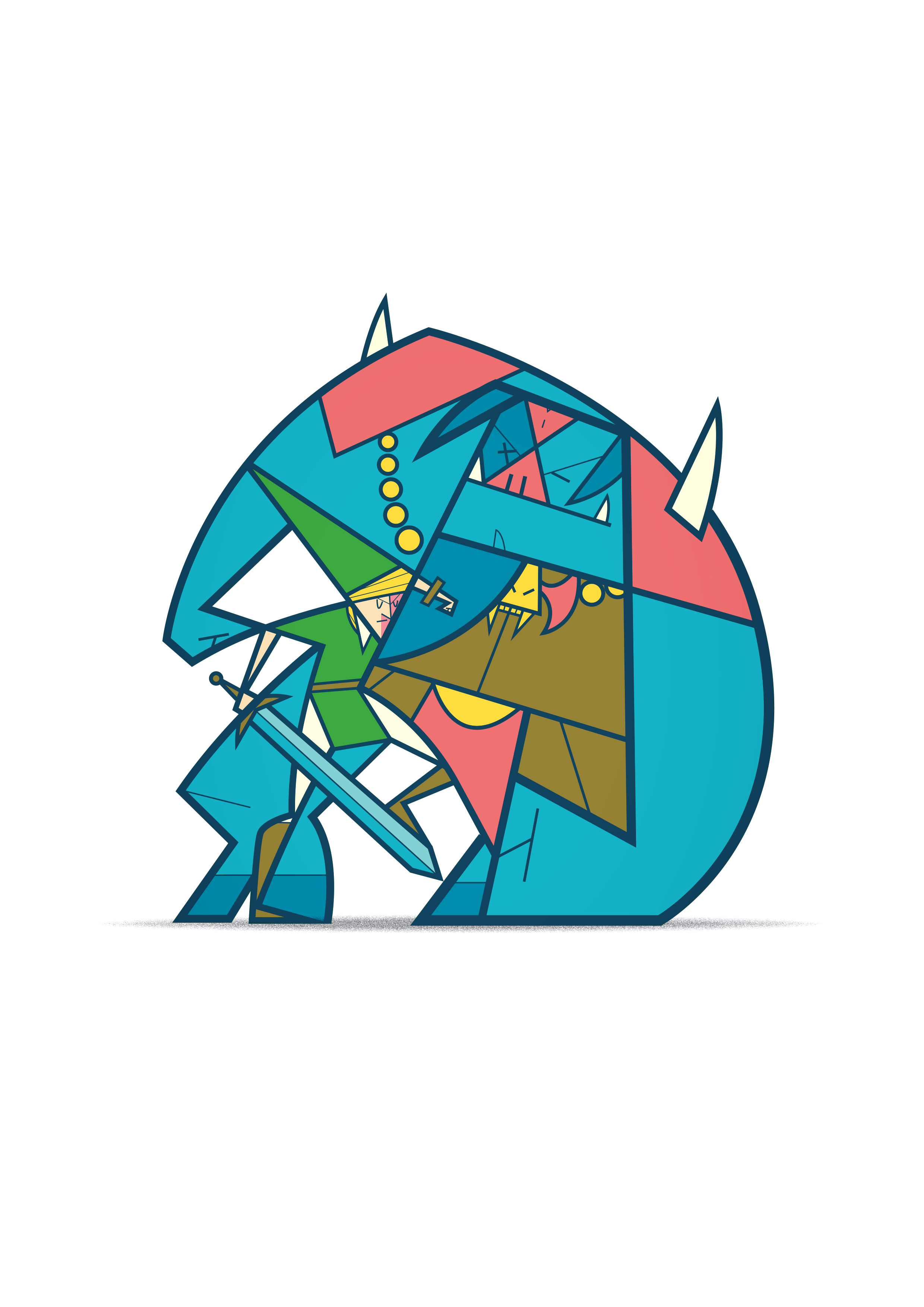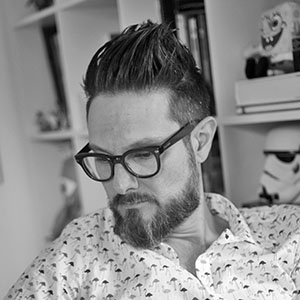
Ale Giorgini
“Travelling has always helped me change my point of view”
Ale is an illustrator, teacher, art director, traveller, and an Italian. He started his career working for free and learned the necessary skills this way. He is known for his vintage line art, smart illustrations, captivated in geometry, vivid colors, expressivity, and emotions. Being passionate about his work and a hard worker, it’s no surprise he is working with some of the biggest brands in the industry. When I asked him if he’s busy, he answered: “I came back from Paris yesterday night, tomorrow I’ll leave for Rome, next week London and then Tokyo.” Despite his busy schedule, he took the time to do the interview. ❤
The Italian life rhythm is more relaxed, very expressive, family is of the utmost importance, food, olive oil, pasta, late lunch, fashion, beards, and lavender fields.
I’m quite busy, so I am not used to being too relaxed. I gesticulate a lot, so I guess I’m very expressive. My family and my dog are the most important things to me. I love pizza, but I am used to having early lunches. I have quite a long beard and I hate lavender so I stay far away from lavender fields. So yes, you’re almost correct 🙂.
You are an art director for international illustration projects.
I didn’t look for that: one day I just got involved. I like to do that and I’ve found that I am good enough at doing it. I’m the art director of an illustration festival and an open-air museum. I work on event ideas, art selection, and work on exhibition projects, taking care of any details of the show (from promotion to the set up). As you can imagine, these are very demanding projects where I’m trying to find a balance because they’re taking too much time and do not allow me to do what I really love: to draw.
Your portfolio is amazing! You have worked with clients such as Jeep, Puma, Warner Bros, Sony Pictures, and Disney Entertainment, to name just a few.
I guess I was lucky and a bit brave too. I think professionals always need to improve their skills and their approach to this job. These kind of projects often gave me a lot, not just in terms of visibility or money. I’ve learned how to manage time, relationships and even myself, which is the hardest part.
When did you start drawing? Were your parents supportive of your art?
Drawing has always been a part of my life, ever since I was a child. I was always surrounded by paper and pencils. I learned from my parents what it means to work hard, even if their job was so far from the artistic field. They let me follow my own path, without any interference. Even if they didn’t understand how “drawing strange stuff” could become a real job. My mum turned 80 a couple of weeks ago, so she comes from a really different generation. She is my first supporter even if she still doesn’t know how I can pay my bills by working as an illustrator.
Strong lines and simple but effective illustrations. How did you develop your art style?
My style developed naturally. Looking back in time, I can clearly see that I’ve just mixed two different times of my life. My childhood, when I was drawing just for fun, surrounded by cartoons, picture books and all the 60s and 70s aesthetic I grew up with. And my wrong-school-career in architecture gives to that crazy and visionary vintage world, and the geometric and tidy approach. My style is really tied to who I am.
Can you share some lessons you learned along the way to become a professional illustrator?
I’ve learned that inspiration doesn’t exist. It’s just about hard work.
You are a teacher at IED and Scuola Internazionale di Comics. Teachers can influence young artists in a positive or negative way. What can today’s teachers do to inspire the pursuit of art?
I guess it’s more important who you are to them than what you teach them. That’s why I always try to share the most I can with my students, more than teach them how to do something. I think that if you have something to say to the world with art, then that’s already inside of you and you just need to discover it. That’s why I prefer to talk with my students about emotions instead of techniques.
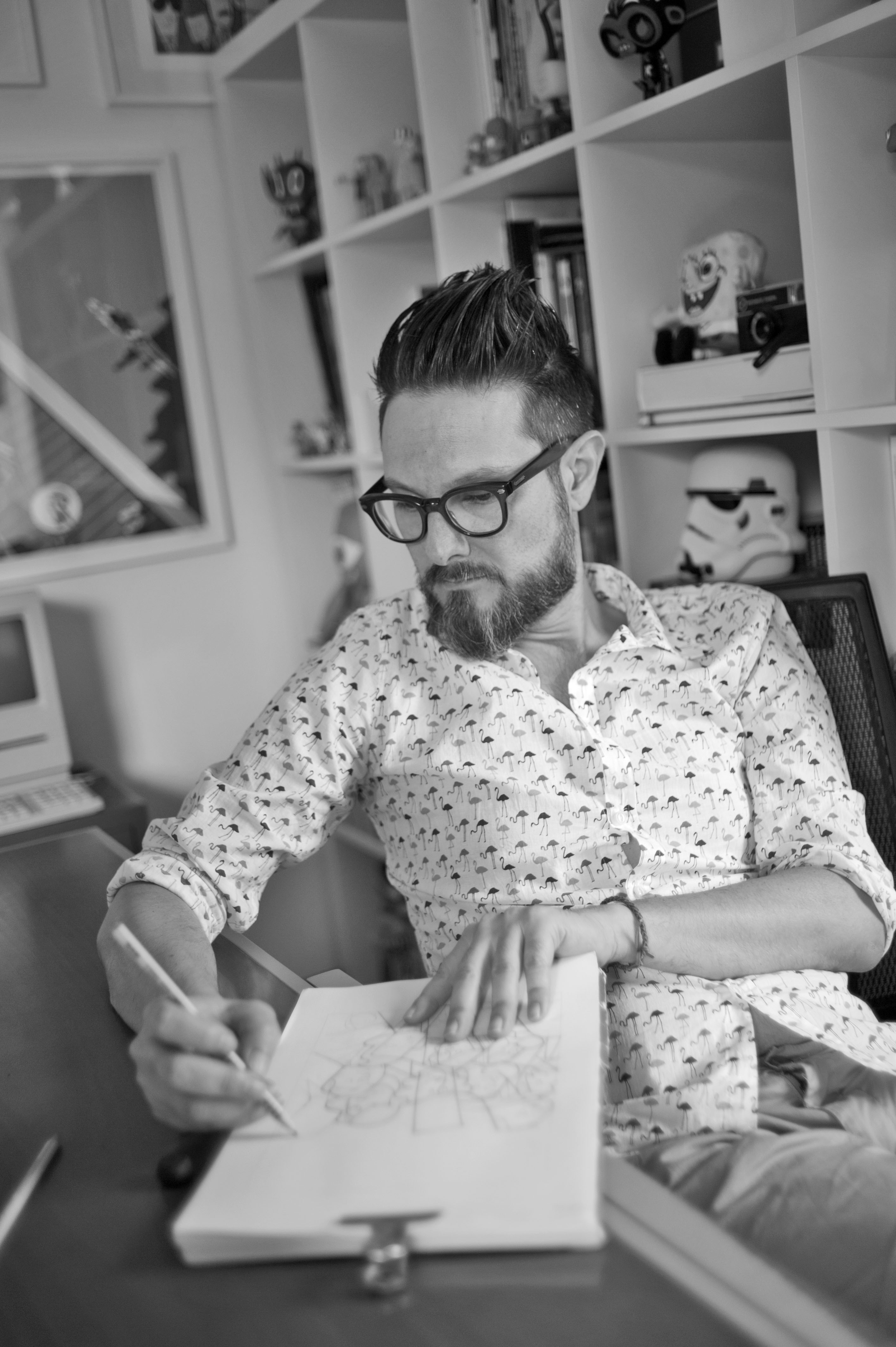
Picture by Ioan Pilat
Did anyone try to take you off the path of becoming an artist?
My art teacher at secondary school. When I was 13, he suggested to my parents to not let me have any art school career because I was not talented enough. That’s why I moved forward with architecture school. That was the best thing that could have happened to me!
“You always need to challenge yourself with another goal and start each day knowing that you still have something to learn.”
You started your career working for free. If you look back, do you feel that was a good decision or not, and why?
Definitely the best decision. I didn’t have any skills and I had to learn how to do the job. When you are not distracted by the money, you can better understand what your value is and you are subsequently concentrated on increasing it. I often see young artists too focused on raising the amount on their bank account rather than improving their skills.
You’ve travelled a lot. How does that intertwine with being an artist?
Travelling has always helped me change my point of view. If you look at things just from your window, you’ll always do the same things. Meeting other people, seeing different places, speaking different languages can only help you become a better artist and a better person too. The photo-illustrated project I did last summer on my Instagram account was developed to mix what I can see with my eyes and what I can see with my mind while I’m travelling. It is the concretization of the travelling effect. [//]: # (
)In one of your talks, you said “If you see the arrival, then it’s time to leave again”. Can you elaborate on that?
I should tattoo it on my skin to never forget it! Your work must always evolve. Because the world is constantly evolving: the tools, the media, the people are constantly changing. You always need to challenge yourself with another goal and start each day knowing that you still have something to learn.
You work as an illustrator for big brands in areas of advertising, publishing, entertainment, social contents, books, and comics. That is a lot of different areas to be skillful in.
I like to move through different areas and explore new media. Actually, I used to do it when I was working as a graphic designer and art director in a communication agency. The last few months I was involved in several design projects: I’ve designed a couple of capsule collections for some fashion brands and a desk lamp collection for an Italian company. That was really challenging but also really fun and great for improving my skill set. I love seeing my artwork come to life on products for daily use such as shoes, T-shirts, lamps. The goal is always the same for me: to tell a story and for people to smile looking at my artwork.
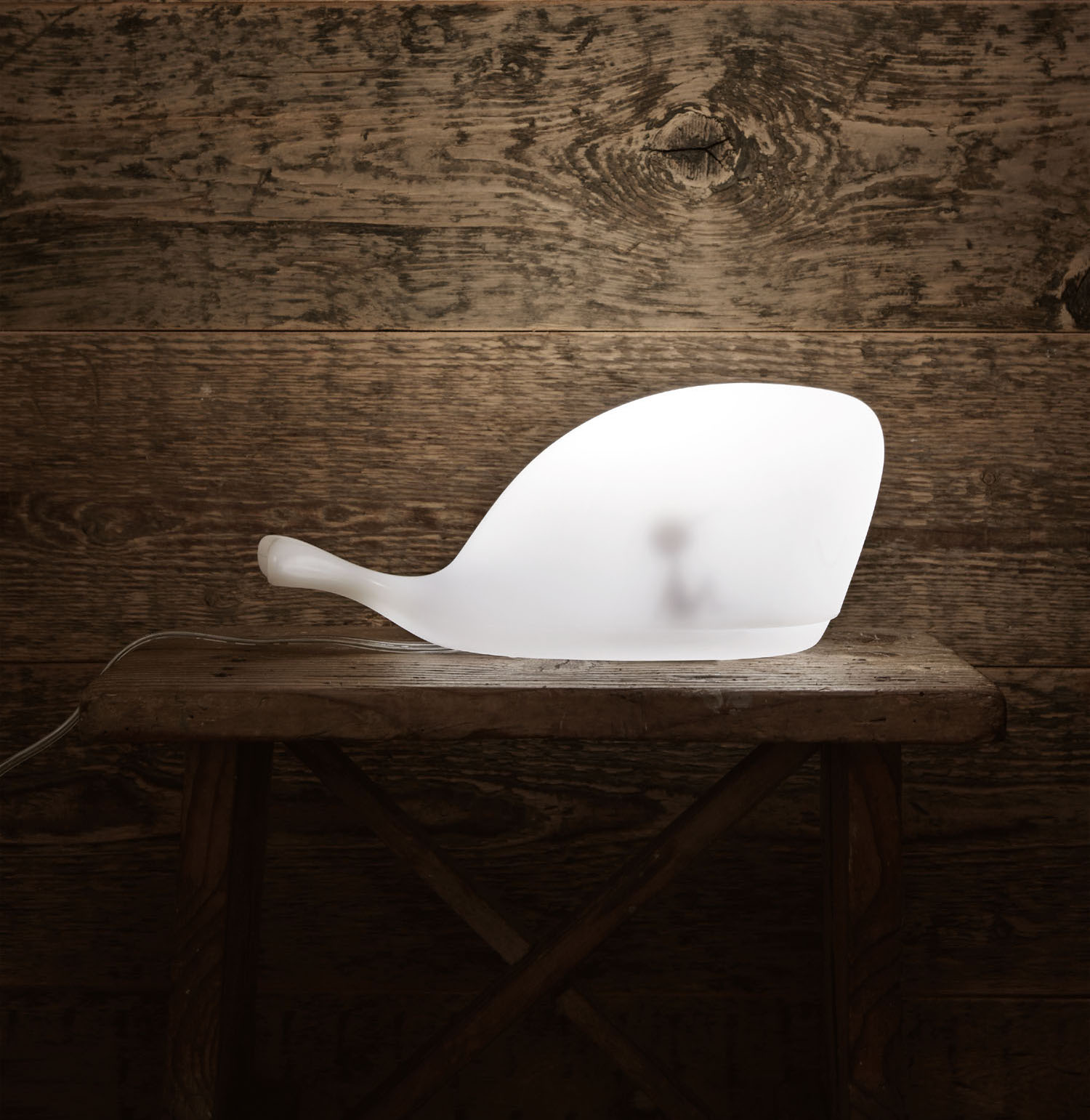
You are present in many exhibitions. What do you take from these experiences?
I always thought of art shows as moments for sharing rather than celebratory ones. When I work on an exhibition project (mine, of another artist or a collective show), I try to set up an inspirational event. Some years ago, a young boy attending a collective show I was involved in, came to me and told me: “Thank you, this is the kind of show that should change a life of a young boy like me”. That is the mission.
You make time for personal projects. Does it connect to soul searching, improving art skills, or having a different point of view with each project?
Personal projects are really important to me. Working on something completely yours allows you to show who you really are as an artist. When you work on commissioned project, you need to go through hard deadlines, client suggestions and marketing guidelines that are going to “change” your point of view. That’s why I always suggest that you need to take time to work on personal projects and treat them as “real” ones. I still do that! Most of the time they give me more visibility than commissioned ones.
What speaks to you more, illustrating for paper or for a wearable/utility products, and why?
Bringing illustrations to “life” in fashion, home design or other types of utility products is really challenging and I love discovering new ways to use my artworks. I mean, illustrating for magazines and books is amazing, but I love to experiment with new media because they can often push illustrations to another level of communication. A T-shirt, for example, completely changes the game: when you “wear” an illustration, you bring it with you into your daily life. That does not happen with editorial illustration, which just stays inside the paper sheet.
How have Instagram and other social media affected your business?
Social media are really important to me. They allowed me to create a network and spread the word about me and my works. I live in a very small town and 10-15 years ago I could not even think about giving this career a try without moving from here. I had the chance to let people know about my works in a massive and easy way. I can tell you that without social media maybe I would not be working as an illustrator today.
We are very happy you became a part of Lake. What made you go with us?
I love the idea of having a coloring book on my devices, with tons of different artworks made by different artists. It’s so easy to use and so amazing to play that I fell in love with Lake instantly.
Who is Lake for?
That’s the sweet thing: Lake is for everybody. Is there anybody who does not love or enjoy coloring?
Intrigued to know more about Ale? We got you covered.
